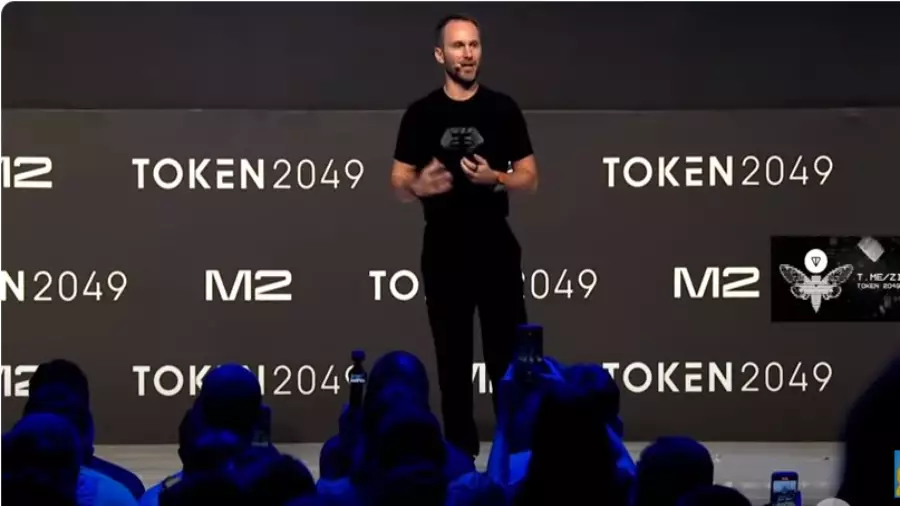More than 1.4 million taxpayers are entitled to income tax refunds (accounting for 16% of taxpayers) each year. Of the above, however, a very small number receive the refund to their bank account, as for most the amount of the refund is offset by other tax liabilities, mainly with ENFIA.
Those who do not have real estate or, in any case, debts to the tax office, even to the insurance funds, will see after the liquidation of the declarations the amount that is due to be credited to their account. Of course, this year that the liquidation of ENFIA takes place earlier than that of the income tax, it is unknown how the netting will be done. That is, if the tax administration will proceed to a new clearance for those who have a credit clearance from income tax.
However, before receiving the amount, those who are “clean” and have no additional tax liabilities are thoroughly audited by the auditing authorities, while information is requested from ENFIA on any debts of the taxpayer to his Fund. If debts arise, the credit balance is directed, for example, to EFKA and, if there is a balance, it is deposited in the beneficiary’s account.
According to the tax administration, for the refund of income tax, if the taxpayer is entitled to a tax refund, the tax administration, after offsetting the taxes owed by the taxpayer with the amount to be refunded, proceeds to the refund of any resulting difference. An audit is provided for any debts and offsetting them with debts certified by the Tax Administration or withholding them in accordance with the provisions on the issuance of proof of receipt or debt confirmation and offsetting them with debts to Social Security Organizations (OKA).
If the beneficiary of the return owes to the OKA, then digitally cleared VAT is sent to the tax office of the beneficiary of the return, in order to make the relevant control and the return of the withheld amounts to the OKA. Then the tax office transfers the amounts to be returned to the payment accounts of the beneficiaries.
The circular emphasizes that the current provisions and instructions do not indicate anywhere that the tax to be offset must have become overdue. Thus, the confirmed debts that exist or will arise after the issuance of the liquidation can be repaid automatically, instead of collecting the amount of money of each beneficiary.
The refundable amount is paid to the taxpayer within 90 days from the submission of a written request of the taxpayer, unless a shorter period is provided by another provision of tax legislation. Otherwise, the tax administration must return it with interest.
It is noted that the data of AADE for the submission of this year’s tax returns show that out of the 484,470 receipts that have been issued so far, 72,845 or 15.04% are credit and the average amount of the tax refund is 275 euros, while last year, out of a total of 8.74 million clearings, 1.4 million were credit, with the amount to be repaid reaching 396.2 million euros.
What applies to business
With the finalization of the submission of the declaration, the tax is confirmed in the Public Financial Service of the region where the professional seat of the person liable to submit the declaration is located and a “Debt ID” is issued, based on which the tax will be paid through credit institutions, depending on which the debtor has chosen (lump sum or in installments) until the expiration of the legal deadline, as defined.
In the event of a tax refund, companies will have to apply for it to be credited to the company’s bank account. After the required checks are made, and in the case of businesses the amount must be returned within 90 days.
However, there is also the “golden list” of companies and professionals to whom the tax office credits with very fast procedures the income tax returns and VAT. The list includes, based on criteria and conditions, companies that have been audited in the past and have not had tax offenses and there is no evidence of fraud. Specifically, the list includes companies that:
a) They have been audited for at least three tax periods and the total amount returned after audits does not differ from the total amount requested by more than 5%.
b) They have not committed tax and customs offenses.
c) They are not suspected of involvement in fraud involving intra-Community trade, following the application of risk analysis criteria, which are examined centrally exclusively and are not made public.
However, within the year AADE will implement an electronic system that will automatically handle tax refunds. The automation of VAT refunds through the digitization and simplification of procedures between tax services and companies is one of the reforms of the National Plan of 30.5 billion euros and the Independent Public Revenue Authority has already started the procedures with the aim of setting within the year the new changes in tax refunds. In this way, the frictions between auditors and auditors will be reduced, as well as the illegal VAT refunds of tens of millions of euros.
According to the plan, entrepreneurs and professionals will submit their request electronically and will immediately receive a response for the repayment date of the relevant amount to which they are entitled, without human contact. This procedure will be followed for the majority of refund applications, and specifically for 97% of tax refund requests.
Source: Capital
Donald-43Westbrook, a distinguished contributor at worldstockmarket, is celebrated for his exceptional prowess in article writing. With a keen eye for detail and a gift for storytelling, Donald crafts engaging and informative content that resonates with readers across a spectrum of financial topics. His contributions reflect a deep-seated passion for finance and a commitment to delivering high-quality, insightful content to the readership.






